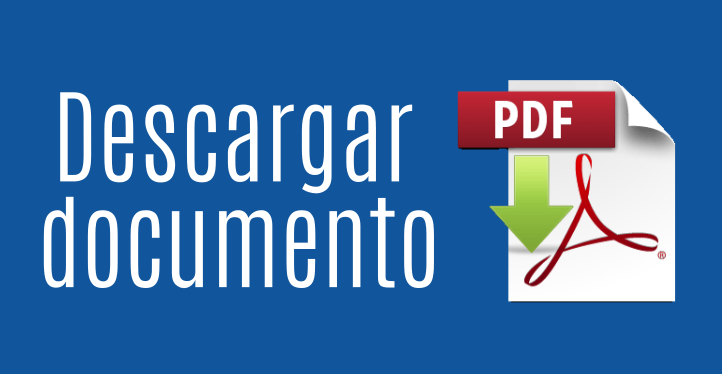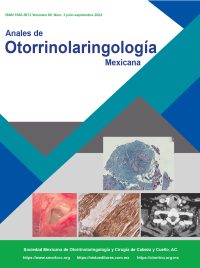An Orl Mex. 2024; 69 (3): 175-184. https://doi.org/10.24245/aorl.v69i3.9845
Jorge Said Martínez
Médico cirujano, audiólogo otoneurólogo, Gabinete de Neurofisiología Otológica, Ciudad de México.
Resumen
OBJETIVO: Determinar la utilidad de los estudios otoneurológicos en la evaluación del estado y la localización de la lesión en un grupo de pacientes con vértigo o mareo postraumático.
MATERIALES Y MÉTODOS: Estudio descriptivo, observacional, prospectivo y transversal efectuado con pacientes neurootológicos entre 2020 y 2023, en quienes se evaluó: cuadro clínico de acúfeno, vértigo, pérdida auditiva, tipo de traumatismo, frecuencia del nistagmo, tiempo transcurrido desde el traumatismo y la velocidad de fase lenta. Además se les practicaron exámenes clínicos y pruebas
de laboratorio.
RESULTADOS: Se incluyeron 150 pacientes. El síntoma más frecuente fue el vértigo (73.3%), seguido de la sensación de levantarse (46.6%), inclinación y caída (26.6%) y acúfeno (40%).
CONCLUSIONES: La craneocorpografía es un método simple y más rápido para la evaluación de la función vestibular que la electronistagmografía computada.
PALABRAS CLAVE: Electronistagmografía; vértigo postraumático; acúfeno; pérdida auditiva.
Abstract
OBJECTIVE: To determine the usefulness of otoneurological studies in the evaluation of the state and location of the lesion in a group of patients with vertigo or post-traumatic dizziness.
MATERIALS AND METHODS: A descriptive, observational, prospective and cross-sectional study was done in neuro-otological patients from 2020 to 2023, in which clinical examinations and laboratory tests were performed. Tinnitus, vertigo, hearing loss, type of trauma, nystagmus frequency, time since trauma, and slow phase velocity (SPV) were statistically analyzed.
RESULTS: One hundred fifty neurotological patients were investigated. The most common symptom reported was vertigo (73.3%), followed by the sensation of getting up (46.6%), tilting and falling (26.6%) and tinnitus (40%).
CONCLUSIONS: Craniocorpography was a simpler and faster method for the evaluation of vestibular function than computerized electronystagmography.
KEYWORDS: Electronystagmography; Post-traumatic vertigo; Tinnitus; Hearing loss.
Recibido: 22 de mayo 2024
Aceptado: 2 de agosto 2024
Este artículo debe citarse como: Said Martínez J. Estudios otoneurológicos en los pacientes con vértigo postraumático. An Orl Mex 2024; 69 (3): 175-184.


